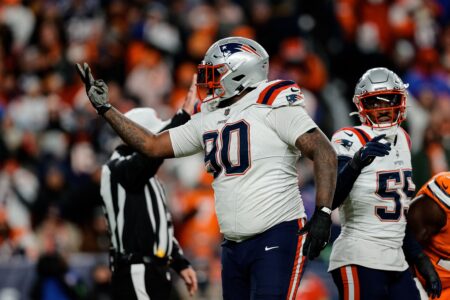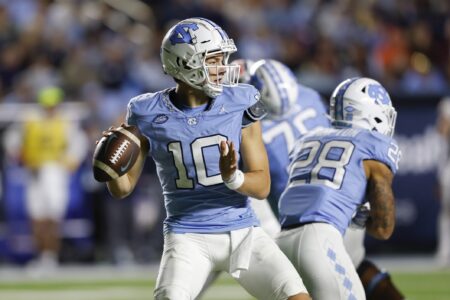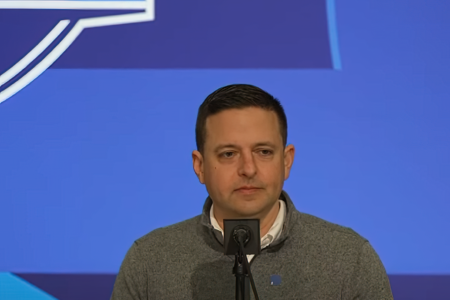I have to geek out on this one for a minute...
If I understand the slides correctly, this study seems weirdly simplistic. The authors evaluate options solely on expected points on that possession, with ZERO weight given to time of possession and opponents' ensuing field position. IOW, according to this model a possession that starts at the 10 yardline and consists of 3 straight incomplete passes carries the exact same value as a possession that starts at the 10 and ends with a punt 10 plays later at the 50.
I guess that's fine in a bubble, but they blithely say that their analysis "Could easily be expanded to include effects of 'next drive' or rest of game or half." If it's really so "easy," I'd say "go ahead and do it, then." Because prima facie, there are plenty of reasons to think the results might turn around. E.g., choosing to pump up variance should have the result of shortening drives, regardless of outcome. That has a significant effect on both defenses.
It's not like NFL coaches don't know that the expected value of a passing play is higher than a running play. Heck, we ALL know that. But this isn't baseball, where expected runs in the inning can be a be-all and end all-without repercussions for the rest of the game. (With a few exceptions, like swapping in relievers and pinch hitters.)

















